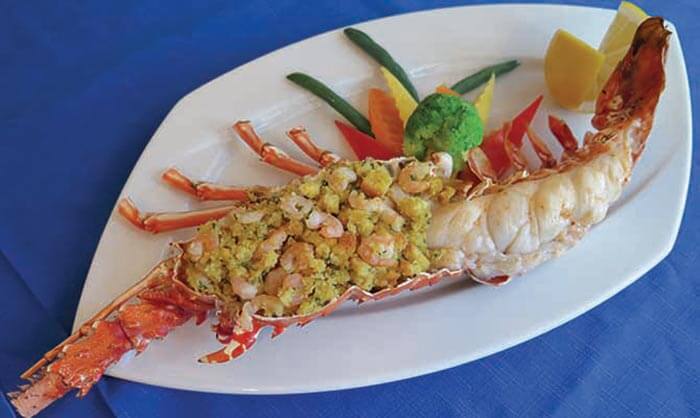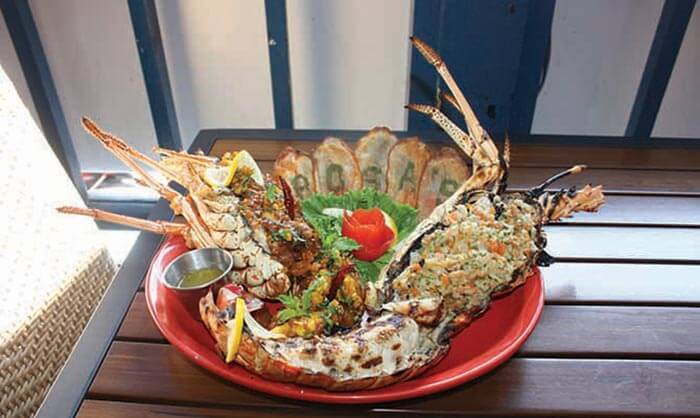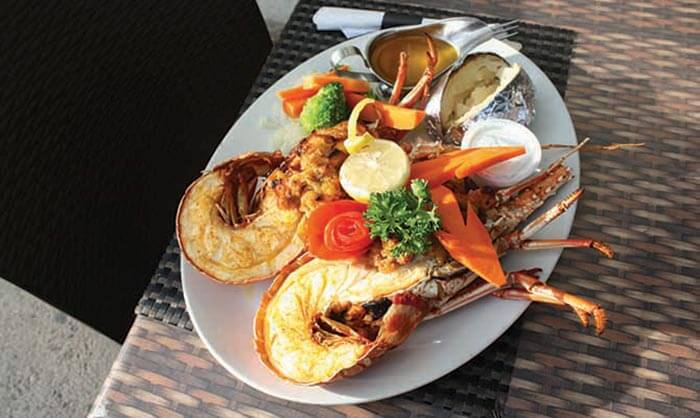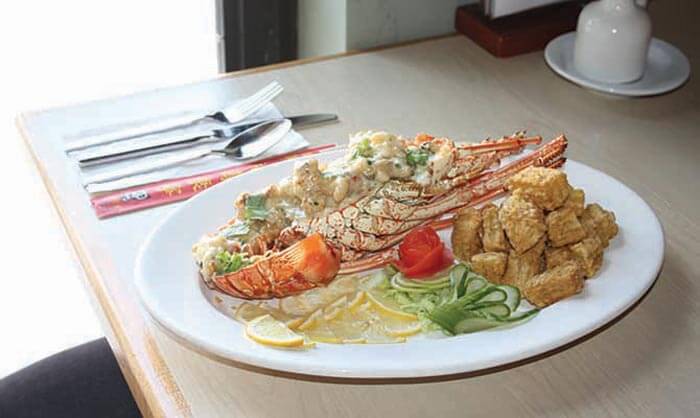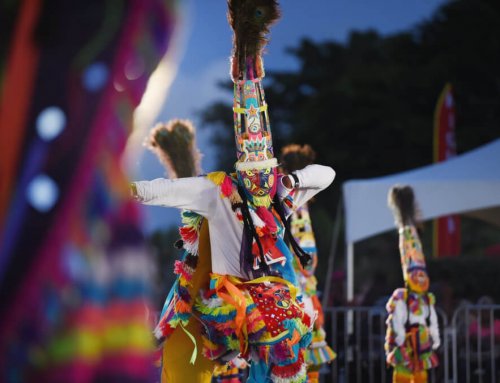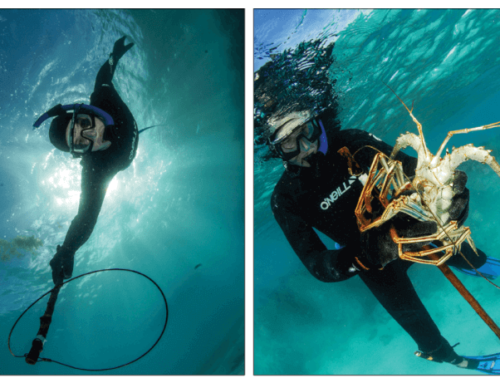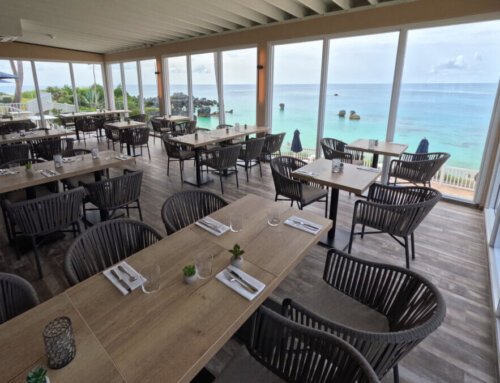by Brigitta Wohlmuth
In Bermuda, you don’t really see the seasons change like in other parts of the world. The leaves won’t turn orange and fall off the trees, there are no real drastic climate changes; just cooler nights and shorter days. But what really defines fall in Bermuda is the beginning of lobster season, which starts in September and lasts through all of winter until the end of March. You know that summer has officially packed up and left once you see the lobster specials appear on restaurant menus island-wide. Of course, the ocean has an abundance of seafood to catch and eat all year-round, but due to strict fishing laws the spiny reef-dwelling lobsters indigenous to our waters are a delicacy that can only be enjoyed during the designated season.
Panuliras Argus is the name of this species, also known as the Caribbean spiny lobster; it inhabits the tropical and sub-tropical waters of the Atlantic Ocean, the Caribbean Sea and the Gulf of Mexico. In an effort to protect this species, fishing for them between April and August is strictly prohibited, this is their spawning season, and it is a punishable offence to take, injure, sell or purchase any local lobsters (dead or alive) during this period. So, while many people will insist that the best time to visit Bermuda is during the summer, shellfish-lovers will probably disagree, because the only lobsters available then won’t be fresh, but imported.
Bermuda lobsters are only distantly related to the variety found in New England.
Unlike the red, Maine lobsters, Panuliras Argus have no claws and are distinguishable by their forward-pointing spines and long antennae. On thing to remember about spiny lobsters is that all the meat is found in the tail. Outside of Bermuda they are commonly known as crayfish, but our lobsters are not quite the same type as those found in Florida and other parts of the Caribbean.
The taste is difficult to describe, but I guess you could say it’s like a cross between crab and shrimp. The meat is tender, sweet, and mild- with a slightly less “fishy” taste then most shellfish. This makes it an extremely versatile meat to prepare, you can pretty much season it up anyway you like and it will taste amazing, then again, you don’t have to do anything to it at all, the meat on it’s own is just as delicious. If you have access to a kitchen and a passion for cooking, you could actually get creative and make your own lobster dish. Local fishermen sell them for about $25-35 dollars each. But then, you are on vacation, so why not just relax and leave the cooking to the experts. For your convenience, we have sourced some of the best places to go for lobster, and we are showing you the most popular ways to eat these spiny treats. Oh Panuliras Argus, how do I love thee? let me count the ways…
Although these are the more common ways to eat spiny lobster in Bermuda, understandably some people might be turned off by the idea of eating this creature right out of its shell. If you were hoping for a meal that doesn’t come with visible legs and antennae, than you might prefer a dish in which the lobster is only featured and not necessarily the main attraction, such as a lobster salad or pasta.
So stay tuned for Part 2 as we continue to tour the island, exploring the many culinary variations of this local delicacy. In December’s issue we will take a closer look at Lobster Pot, Henry VII, and more… until then, Happy Lobster Season and bon appetit!
Thermidor
This classic recipe is another favorite way to eat lobsters in Bermuda. Adopted from the French dish, the lobster meat is cooked in a creamy, hollandaise-like sauce and then stuffed back into the shell, often served with an oven-browned cheese crust. For a spectacular lobster thermidor go down to the Coconut Rock on Reid Street in Hamilton. They offer a great deal, if your lobster is smaller than average they will compensate your meal by adding five tiger shrimp to your plate.

